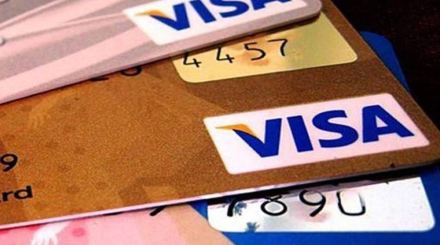If your track record is very clean, then most banks would like to offer you add-on credit cards with a higher credit limit and added features. An add-on card is like a supplementary or secondary card. These cards can be used by your spouse, children and even parents and siblings.
When you apply for a credit card, you must establish your eligibility, including your income and good credit score, and provide a series of documents. Add-on credit cards bypass these requirements as banks already have your primary credit card details. Since add-on cards are issued against the primary credit card, all the transactions done through add-ons are billed to the primary credit card holder and he/she must settle the bill.
Adhil Shetty, CEO, Bankbazaar.com, says, “Add-on cards can be convenient for family members who need a payment method for everyday expenses or emergencies without carrying cash.”
Also Read: 5 things you need to know while using UPI
How does an add-on credit card work?
Based on credit repayment history, lenders offer you add-on credit cards on your primary card. The primary card holder has the option of tracking the usage of add-on cards linked with his credit card. This ensures that the primary user is aware of the usage and is in a position to put checks and balances in case there is some irresponsible spending.
Shetty explains, “You must remember that the credit utilisation ratio, which is the balance compared to the credit limit, can affect your credit score. If the add-on cardholder uses a significant portion of the shared credit limit, it may impact your credit utilisation ratio negatively.”
Applying for It
An existing credit card holder can request for add-on cards either online or offline. One can go for internet banking and can put the add-on request in the credit card section. Further, one can also do the same by simply logging in one’s mobile banking application. For those who are not tech-savvy, a visit to the nearest bank branch will help.
You can also contact the bank’s customer care and request for add-on cards. Now-a-days, several credit card issuers give regular calls to their customers and offer add-ons with no documentation or bare minimum documentation.
Fees and charges
Typically, there are certain fees that you must pay for an add-on credit card. It may range between Rs 100 and Rs 1000, depending on the bank and the type of card you have applied for. However, credit card issuers now-a-days offer add-on cards free of cost to lure customers.
Benefits and Features
It is likely that your add-on card may have lower credit limit than your primary card. However, at times add-on credit cards may be updated and offer you more benefits for reaching a threshold limit. You can also earn more reward points and benefits provided you pay your credit card bills on time.
These types of cards can help your family make purchases without you giving them your cards or they depend upon you to take your card and use it. If your family members, children – in particular, are above 18 and responsible enough to do purchases on their own independently, you may issue add-ons for them. This ensures you do not have to be at all the places all the time, which in turn saves a lot of your time and energy.
One of the benefits of add-on credit cards is that your immediate family members develop a sense of responsible usage which helps them be future ready to become primary card holders. They develop an understanding about how to be financially disciplined within a limit.
In conclusion, add-on credit cards are helpful when the spending has to be all around at different places at the same time. It is advisable for the primary card holder to ensure responsible usage to avoid overspending. A regular tracking of expenses is a must to maintain a healthy credit repayment history.
